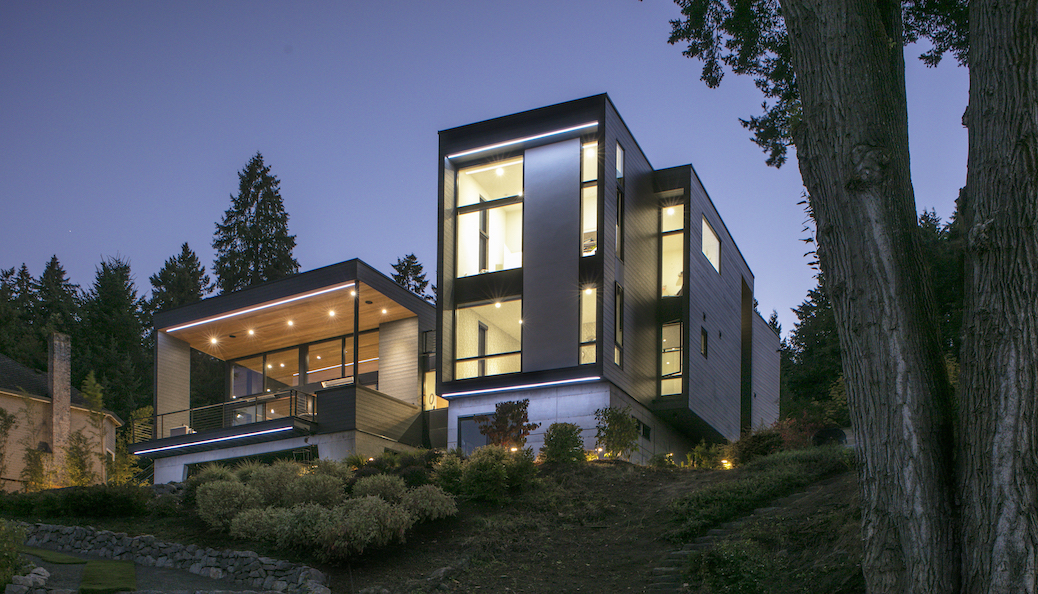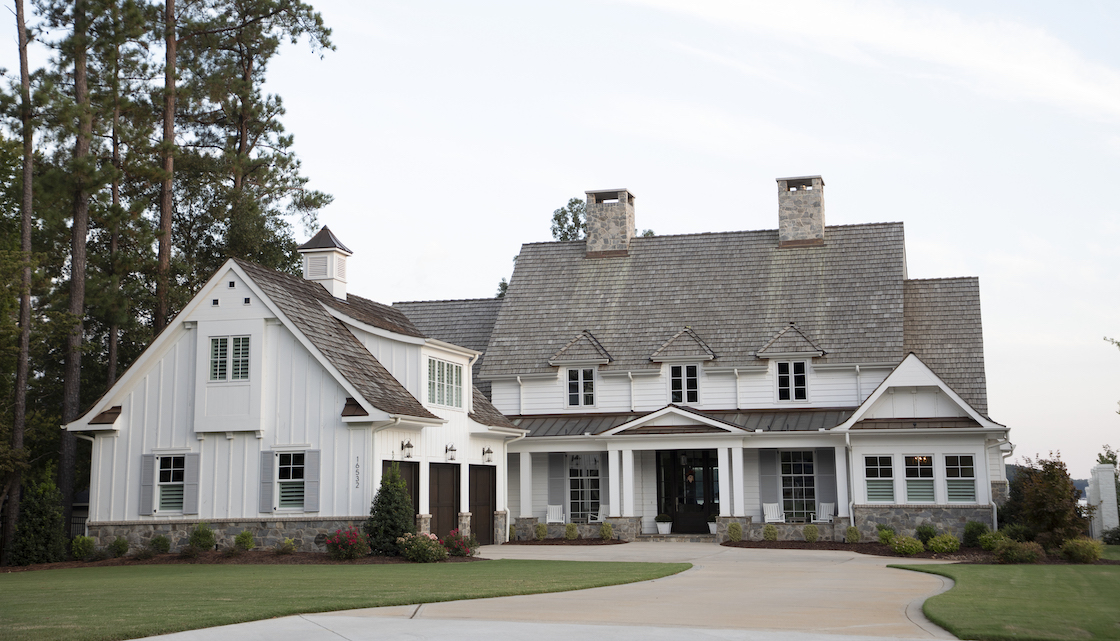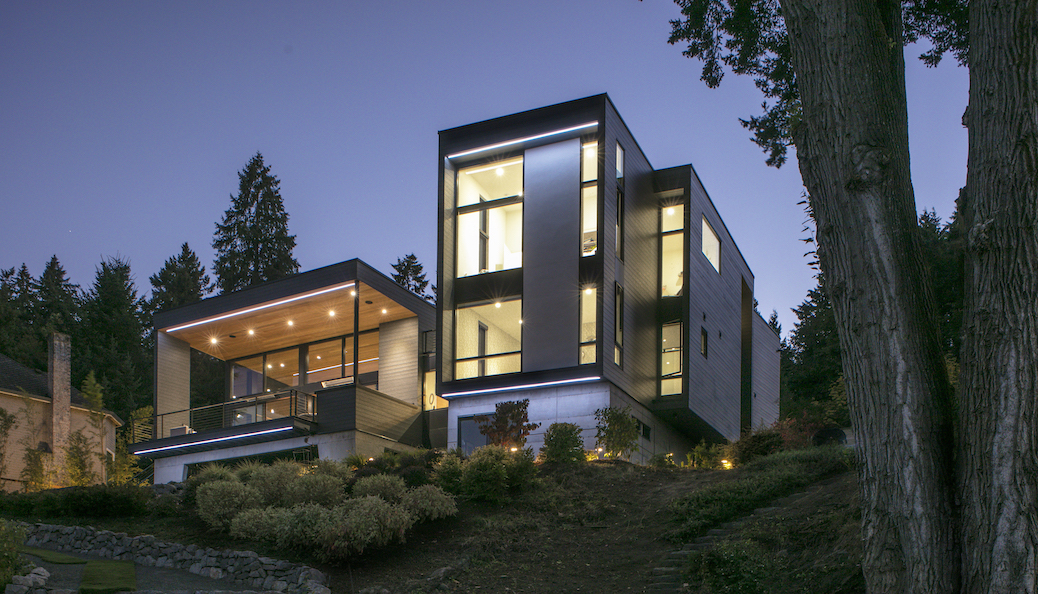Large-opening door systems with outstanding building envelope performance
Materials science has helped power the thermal performance of our homes to new heights of efficiency. The rise of evolving residential building and energy codes, above-code standards such as passive house, and state initiatives like California’s Title 24 demonstrate how far and fast building envelope design has advanced over the last 20 years.
Exterior wall assemblies have never been tighter, drier, or more energy conserving. U-factors, R-values, and other energy rating metrics continue to improve as materials science finds new ways to enhance cladding, sheathing, air/moisture barriers, and insulation.
So it’s ironic that one of the housing industry’s most popular trends today is to replace a vast portion of the exterior wall assembly with a large opening door system. There was a time when a large expanse of glass meant compromising building envelope efficiency. Today innovations in material science and manufacturing help building pros achieve their aesthetic aims without sacrificing thermal performance.
Wall of Glass
No one illustrates this dramatic indoor/outdoor shift better than LaCantina™ Doors, which JELD-WEN acquired in 2015. The company’s success speaks to the responsible, effective way LaCantina designs and manufactures its large door systems. How large? Imagine an opening of up to 65 feet wide and up to 10 feet high. Yes, up to 650 square feet of the home’s envelope is turned over to an immense glass wall.
But not just any glass wall. From frame to panel to glazing, a LaCantina folding or sliding door functions as a high-performance system enhanced by materials science innovation.

Aluminum
Aluminum is a notorious thermal conductor, transmitting outdoor temperature extremes inside surprisingly easily. Only copper surpasses it for thermal conductivity. So why use aluminum for a large glass window system?
“Aluminum is the material of choice for fenestration applications because of strength, finish qualities, and design flexibility,” notes Sid Baca, LaCantina’s director of product development. Few other building materials share its high strength-to-weight ratio. Today’s modern, minimalist styling prefers narrow stiles and low-profile rails for maximum glass exposure.
To achieve those benefits without sacrificing efficiency, Sid and his team have to minimize the effect of aluminum’s thermal conductivity. For that, they depend on thermal breaks. As the name suggests, a thermal break is an element of low thermal conductivity placed between aluminum members, breaking the flow of heat or cold. Sid says a variety of materials work well as thermal breaks, such as polyamide and polyurethane, which are substantially less thermally conductive than aluminum.
Glass
A thermal breaking strategy also applies to the large door system’s glass. A double- or triple-pane glass wall assembly is specified, depending on the climate zone, budget, and owner preferences. Argon gas, for example, is often used as a transparent thermal break between the panes. Argon gas is heavier than air, which impedes thermal transfer between panes, helping to avoid condensation.
To reduce maintenance, LaCantina glass is available with another material innovation: an invisible, durable, and permanent coating of ultra-smooth silicon dioxide (SiO2). The coating is so smooth that water slides right off of it, virtually eliminating water spots.
“Twenty years ago, eight-foot-high doors were considered large. Today, it’s 10 feet and some now reach 14 feet,” Sid says of the size race between big door system manufacturers. To stay competitive, LaCantina engineers constantly push the envelope for style, size, and exterior wall performance.
When it comes to building homes for indoor/outdoor lifestyles, LaCantina glass wall systems give your customers expansive without compromising the structure’s thermal performance.
For help discovering the ideal glass wall systems and patio doors your customers’ dream homes, visit JELD-WEN’s professional portal.



